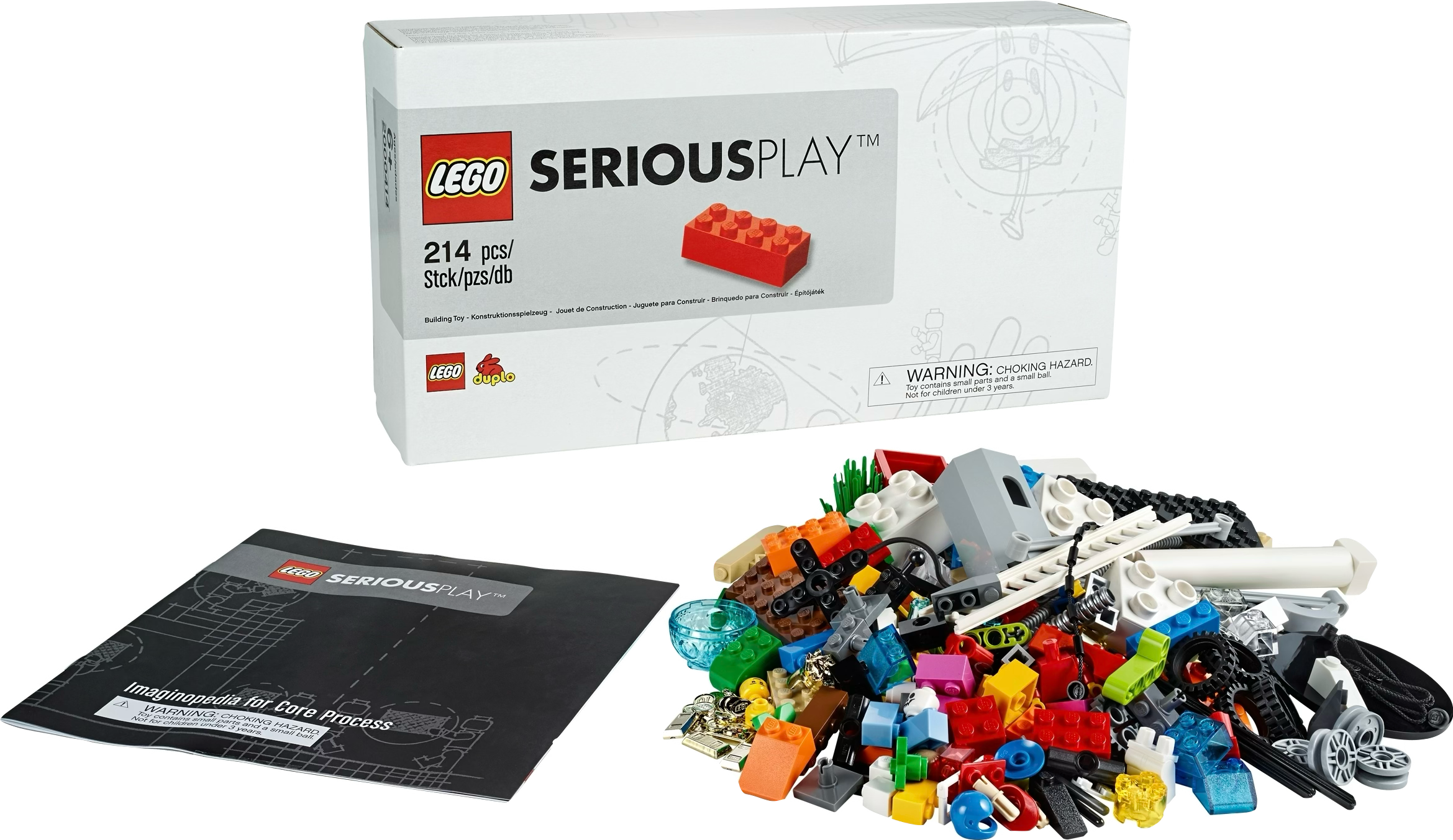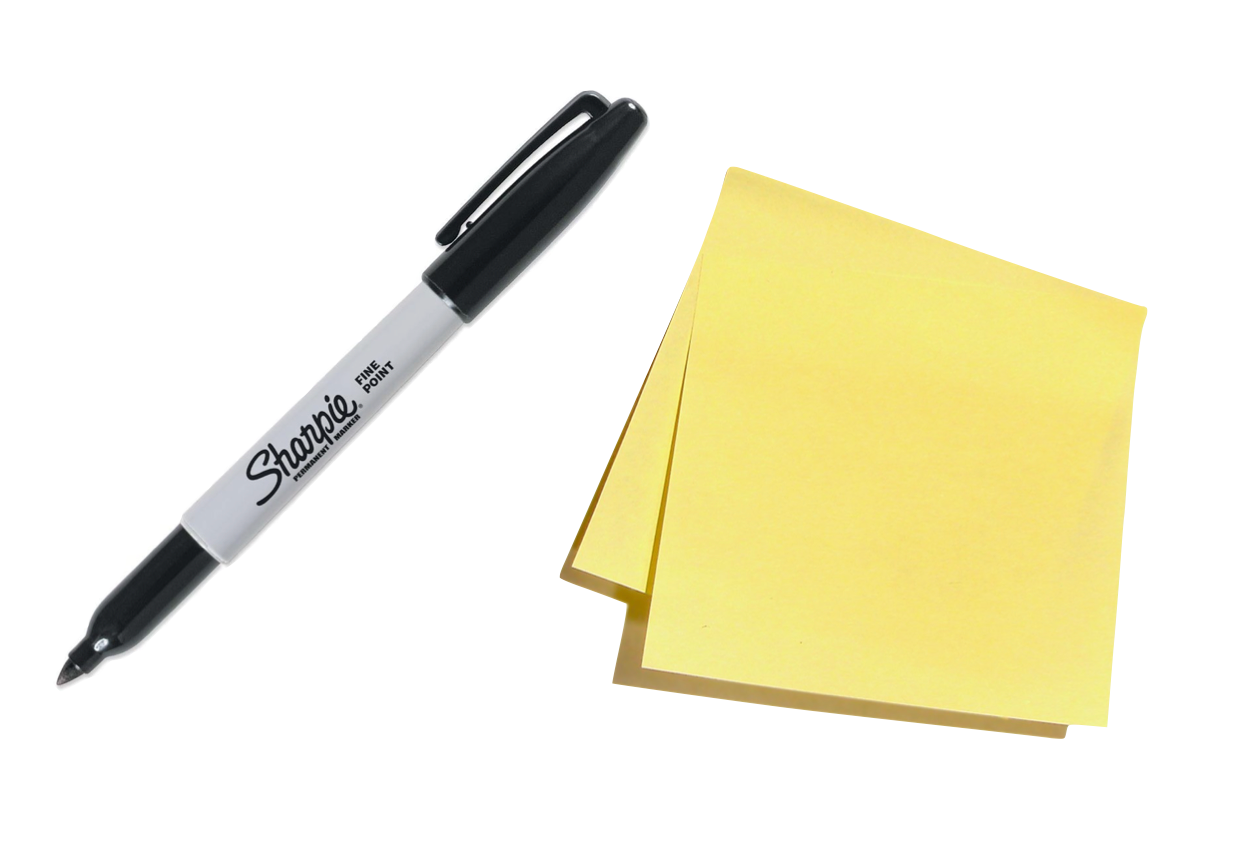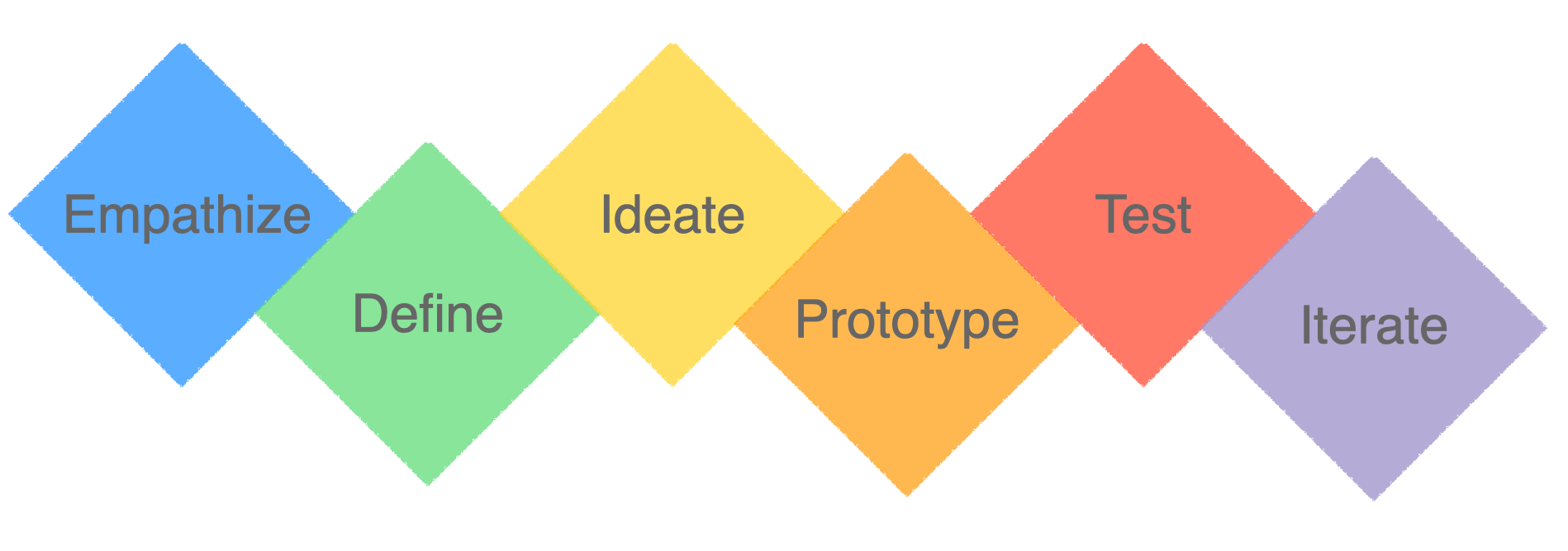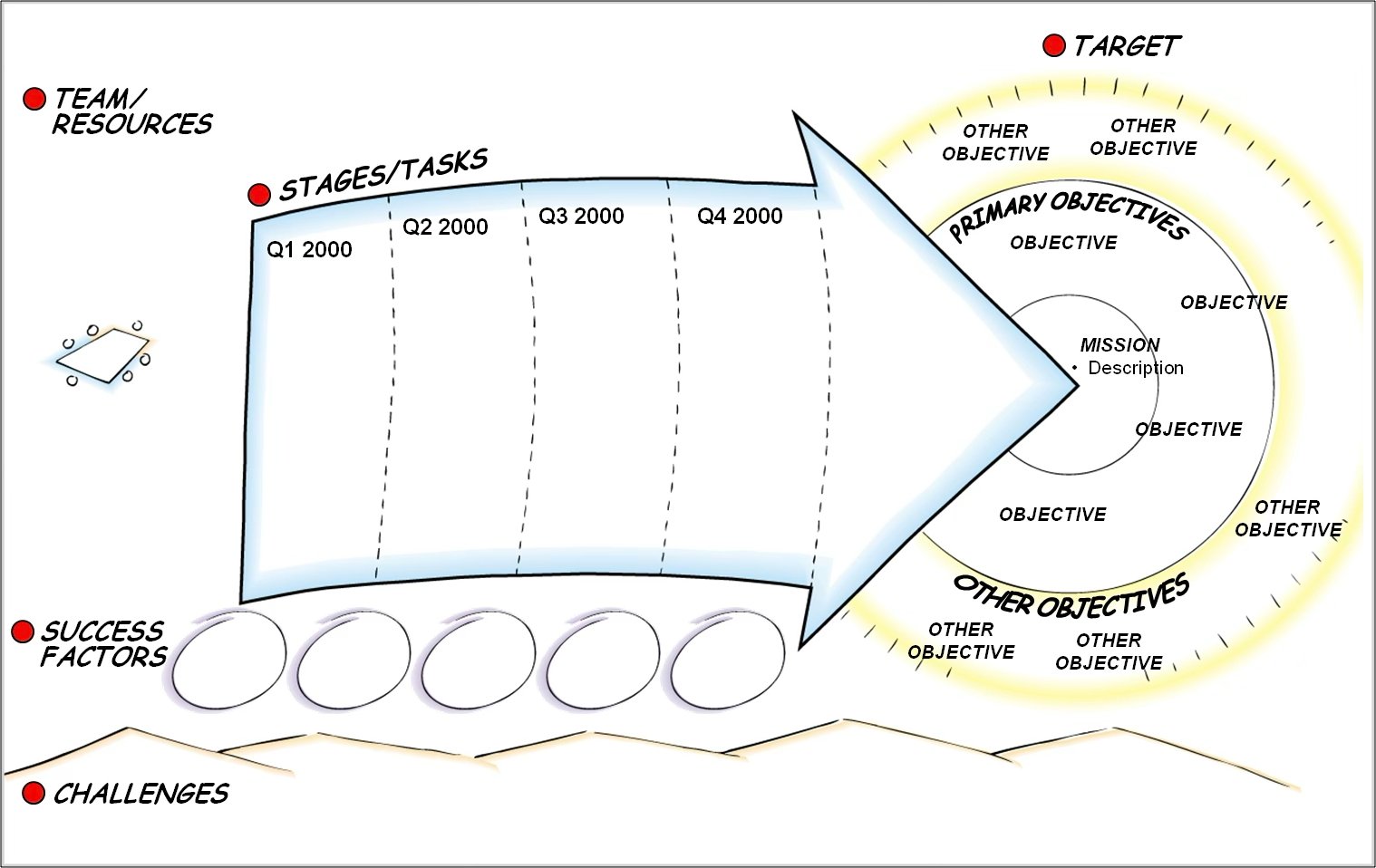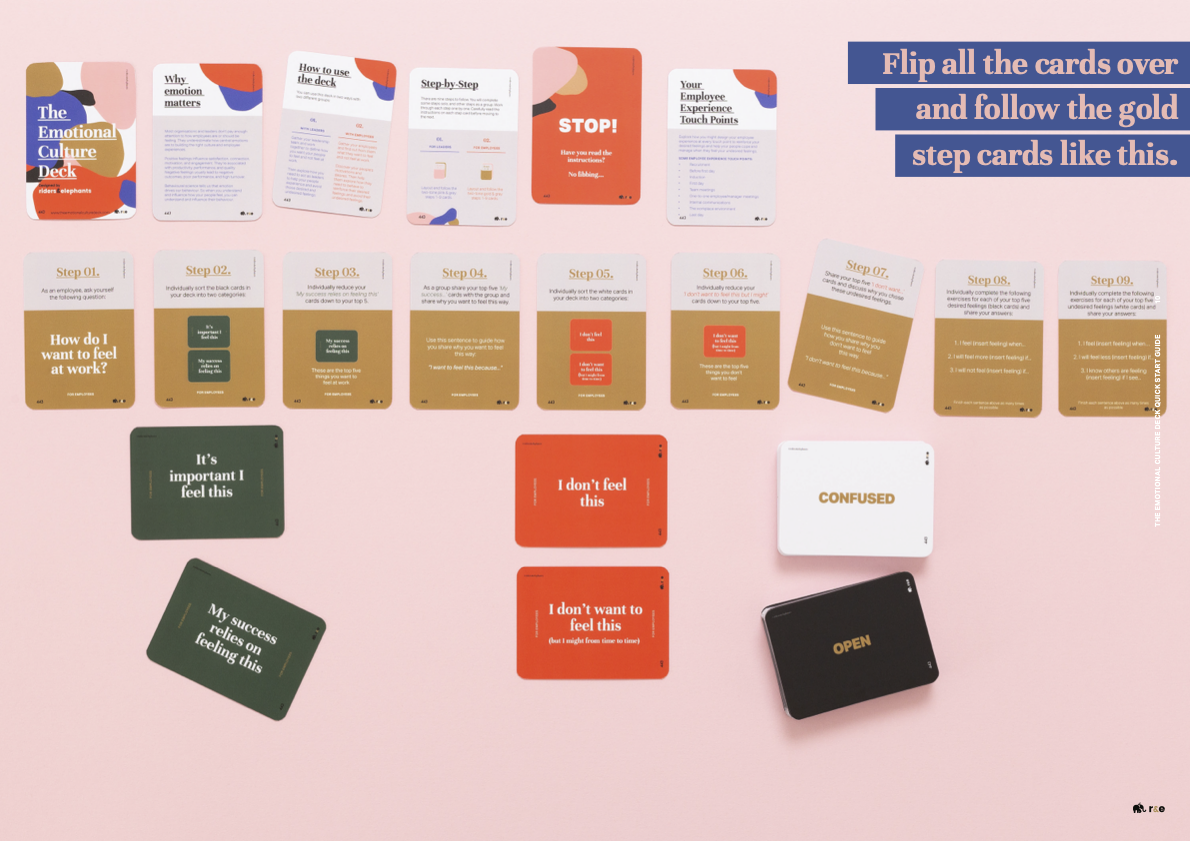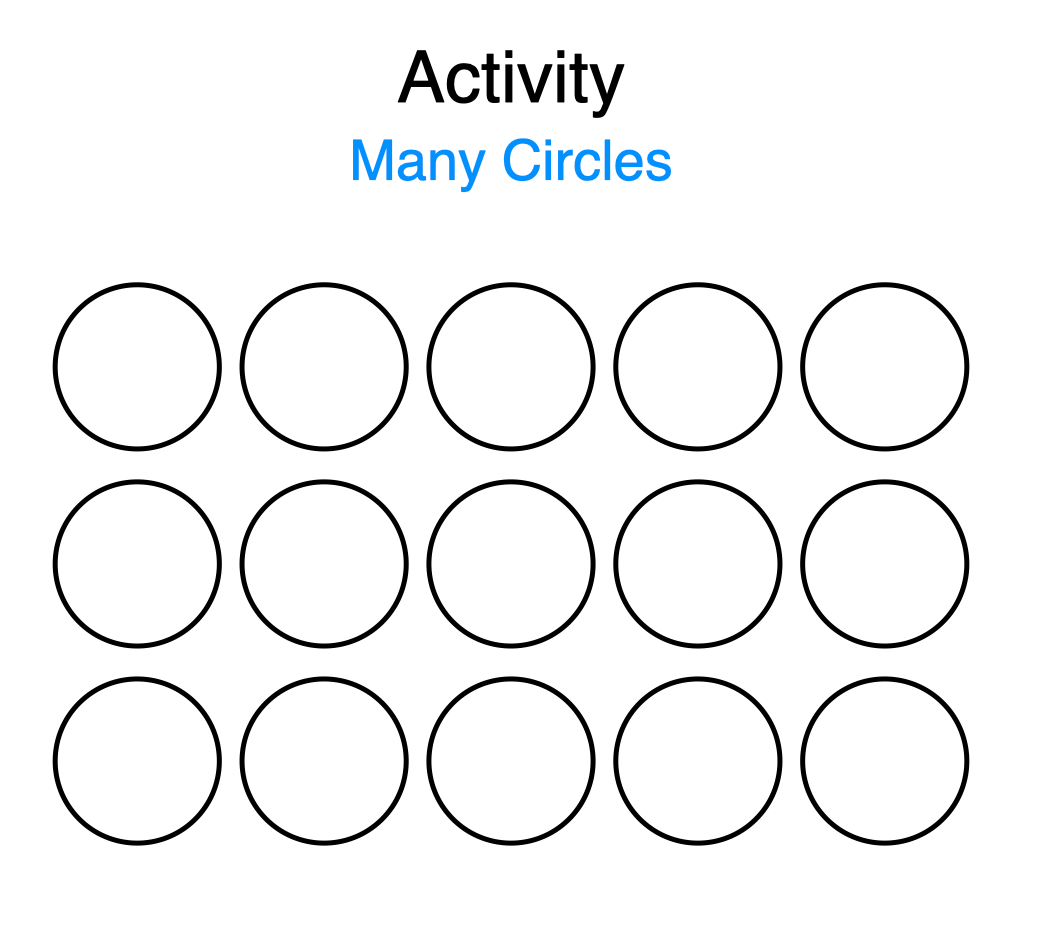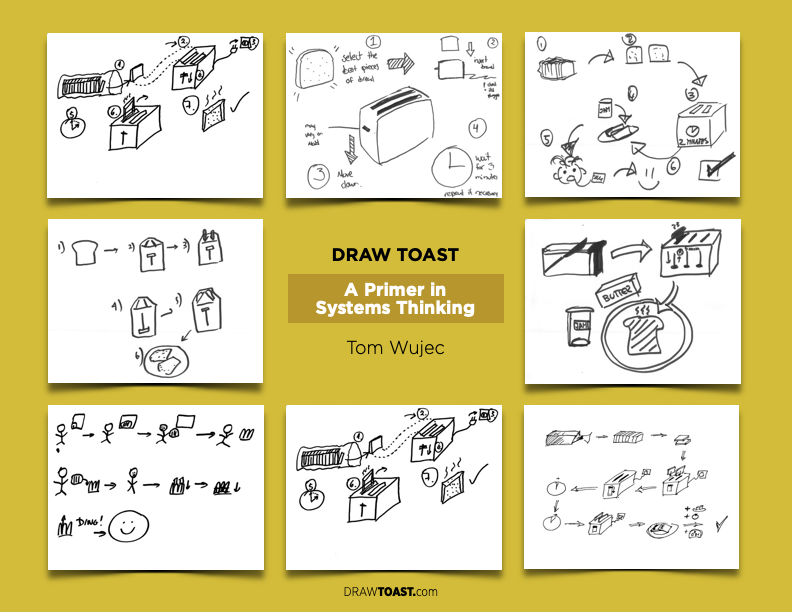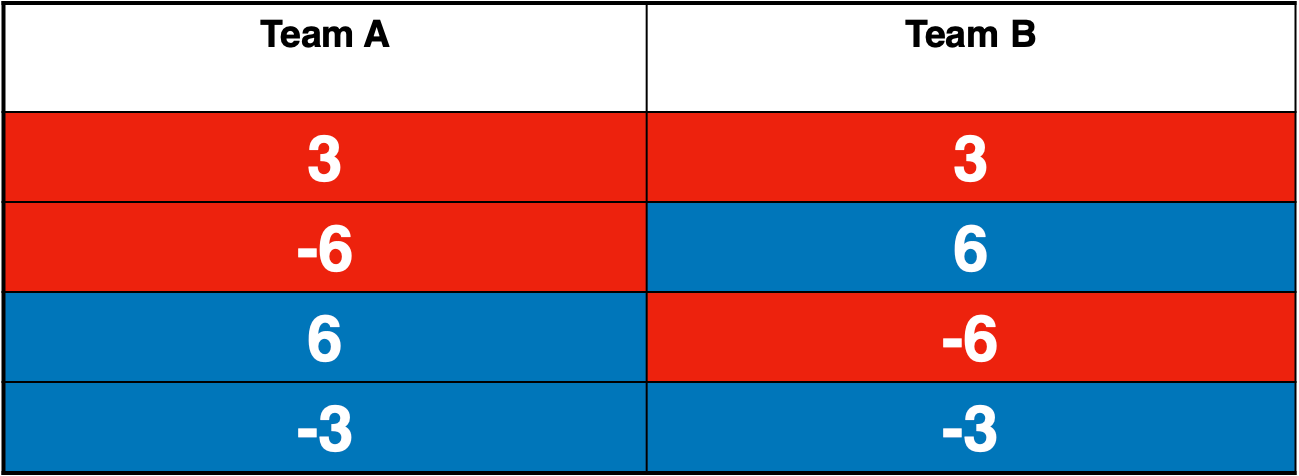Facilitation & Delivery
In addition to designing custom stand-alone workshops, I also facilitate a variety of sessions based on third-party materials and tools. This helps me to adapt quickly to the needs of different audiences, often without requiring an extensive design phase
LEGO Serious Play
I’m a certified facilitator in LEGO Serious Play, a science-based method for facilitated thinking, communication, and problem-solving in groups. By posing questions, building models, sharing stories, and reflecting on their meaning, LSP enables 100% involvement and gives everyone an equal voice in meetings. I’ve designed and facilitated LSP sessions with teams to help them:
Face multifaceted problems with no clear answers
Grasp the big picture and see connections
Explore options and generate a range of solutions
Contribute knowledge and opinions equally
Create honest dialogue and collaboration
Build team identity and increase team cohesion
Design Thinking
The tools, techniques, and philosophy of Design Thinking form an important part of my approach to development and training. I attended the Stanford d.School bootcamp, training sessions at Cooper, and have completed certification in the IBM Enterprise Design Thinking methods.
Over the years I’ve designed and facilitated many Design Thinking workshops, some focused on a practical introduction of the tools and techniques, and others on solving existing business problems with functional teams. These workshops have ranged from 2 hours to 2 days, depending on the intended outcomes.
Team Performance
As a certified practitioner in the Drexler/Sibbet/Forrester Team Performance™ System from the Grove Consultants International I’m licensed to use the tools of the Drexler/Sibbet Team Performance model—a powerful methodology for diagnosing the health and performance of a team, and moving towards high performance.
Depending on the results of the diagnosis, teams work together to complete different canvas-based exercises that are specifically tailored to address the current team status and enable movement to the next phase of the team’s evolution.
Though traditionally held in-person, the techniques can be adapted to remote workshops using interactive meeting tools such as Mural or Miro.
Business Model You
I’m a masterclass certified practitioner of the Business Model You methodology. It’s an off-the-shelf workshop, but the techniques can also be adapted into custom designs as needed. The methodology is adapted from the Business Model Canvas, and guides participants through a process to analyze their current work situation, and to envision a direction for their future. I’ve used it—sometimes in conjunction with LEGO Serious Play—to help mid-career professionals:
Plan their careers by identifying how they create
value by helping other peopleSee the entire context of their work
Collaborate to create a shared team vision that
identifies the unique value it brings to the businessCommunicate the value they create effectively and
efficiently to anyone in their organizations
In a modified format it can be used with teams to help identify how the team creates value, and how each member fits into the organization.
Emotional Culture Deck
I’ve often used off-the-shelf tools as a way of saving development time, especially in situations where I’m a L&D team of one.
The Emotional Culture Deck by Riders and Elephants is a good example. The tool consists of a core deck of cards, a number worksheets and canvases, and several pre-designed workshops.
It’s an interesting way for teams to explore and define their emotional state, and to determine collectively the type of emotional culture they want to cultivate at work.
Though the system is originally intended to be used in physical workshops, I’ve also adapted the tools to be used in virtual environments, such as Miro or Mural.
Virtual Facilitation and Instruction
Over the years I’ve designed and delivered a number of virtual classroom training, with topics ranging from product updates, to writing skills, Design Thinking techniques, and more.
I try to be as technology agnostic as possible, and design the best experience possible that the software features will allow. But whatever the technology in play my main focus is on breaking the pattern of “death by Powerpoint” lectures that are often the cause of disengagement and limited retention by learners, and which is only amplified in visual environments.
Depending on the tools available and the size of the workshop audience, I’ve designed online activities to increase engagement using built-in chat, interactive slides using Poll-Everywhere, shared whiteboards, breakout rooms, and realtime brainstorming in Jamboard, Miro and Mural.
Experiential Activities
At the core of all my facilitation and designs I create environments that require direct learner interaction and participation. Below are a few examples of activities that have successfully engaged and created “wow” moments for participants.
30 Circles
This activity is originally from Stanford’s Bob McKim and is featured in the book Creative Confidence. Participants receive a single sheet of paper with 30 circles and are given 3 minutes to turn the circles into discernible objects. During reflection there is ample opportunity to review common themes that arise such as: judgment kills creativity, quantity helps quality, and creating visuals is for everyone.
The Wine Game
This activity, from Thiagi, requires groups of learners to work together under a tight deadline (usually no more than a minute) to sort wine into Red and White categories. I often use this in workshops focusing on collaboration and teamwork as it is quick to run, but provides an excellent starting point for deeper discussions.
How to Draw Toast
I’ve used the first activity of Tom Wujac’s Wicked Problem Solving and Systems Thinking program to stimulate discussions about different perspectives and introduce the concept of mental models. Each person is given 3 minutes to draw a picture of how to make toast. The results are wildly diverse and are a great way to lead into deeper discussions about communications, team dynamics, and much more.
Negotiator’s Dilemma
I’ve used this adaptation of the Prisoner’s Dilemma in sales training sessions and team development workshops to explore win-win and win-lose strategies. Because the game exposes the contrast between actual behavior and expressed intentions, it can be a powerful tool for exploring negotiation strategies and team dynamics.
